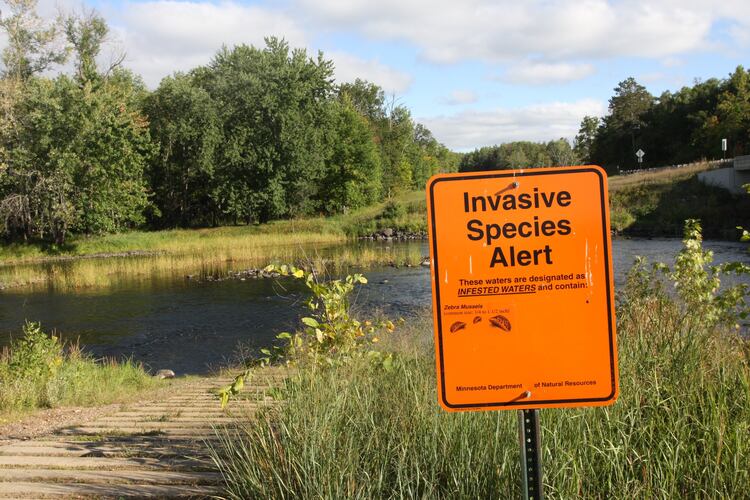
UN report charts the worldwide rise in invasive species, and outlines why this can negatively impact our environment, health and economy.
By
There can hardly be a park or woodland anywhere in England and Wales without a colony of grey squirrels. But yet, just 150 years ago these cute rodents were unheard of in the UK. Today, they are so common it would be hard to picture an English park without them. But, grey squirrels, which come from North America and were released in the late 1800’s into the estates of stately homes as an ornamental species, are an invasive species and, like so many invasive species, their presence has caused serious environmental consequences, including driving the smaller native red squirrels out of much of their home range.
With an estimated 37,000 known alien species introduced by humans into non-native environments around the world, the sad story of the grey squirrel in the UK is only one of a growing number of worldwide invasive species stories. In fact, invasive alien species are thought to have caused a key role in 60 per cent of global plant and animal extinctions. This makes invasive species the second biggest cause of extinctions worldwide.
In September 2023 the UN Intergovernmental Science-Policy Platform on Biodiversity and Ecosystem Services (IPBES) released an assessment that claimed that the number of invasive alien species was increasing worldwide at ‘unprecedented’ rates and that more than 3500 of these plants and animals were harmful.
The report points out that the part of the world most threatened by invasive species is the America’s, and that woodlands and cultivated areas are the most threatened habitats. Although the report states that not all introduced species become invasive, it does reveal that 85 per cent of the documented impacts of invasive alien species on native species are negative.
‘Invasive alien species are a major threat to biodiversity and can cause irreversible damage to nature, including local and global species extinctions’ said Professor Helen Roy (United Kingdom), co-chair of the Assessment alongside Prof. Anibal Pauchard (Chile) and Prof. Peter Stoett (Canada).
As the report made clear, invasive species aren’t just bad news for local plants and animals, but they’re also a threat to people. They can help spread disease; dengue fever, which is spread by the invasive tiger mosquito, is gaining ground in much of southern Europe (and tiger mosquitoes have now also been recorded in southern England) as well as put food supplies at risk The report cites as an example, East Africa’s Lake Victoria where giant rafts of invasive water hyacinth have killed off native fish stocks. The report also makes the economic costs clear by claiming that the global economic cost of alien species exceeded US$429bn annually from 2019, with costs having quadrupled every ten years since 1970.
‘It would be an extremely costly mistake to regard biological invasions only as someone else’s problem,’ said Prof. Anibal Pauchard. ‘Although the specific species that inflict damages vary from place to place, these are risks and challenges with global roots but very local impacts, facing people in every country, from all backgrounds and in every community – even Antarctica is being affected.”
Related articles:



